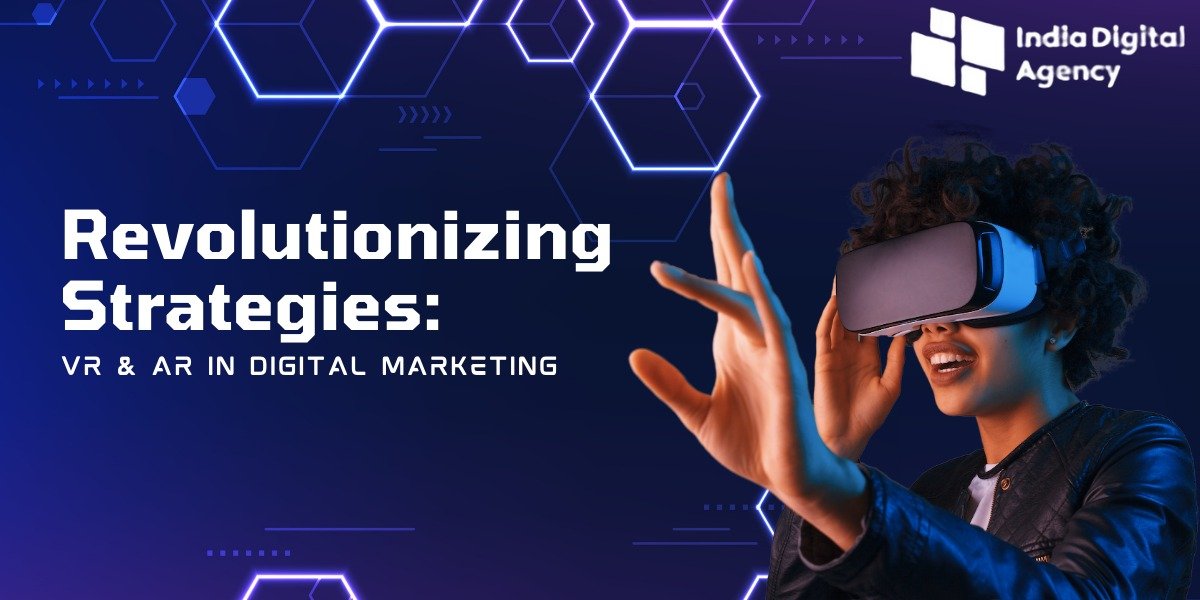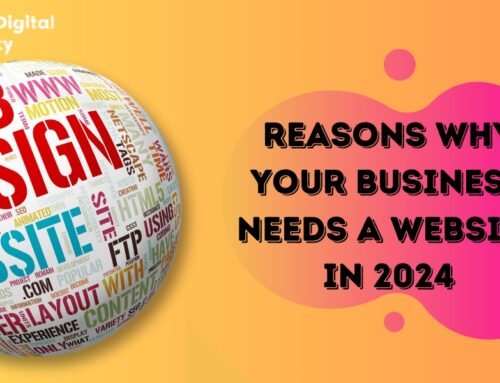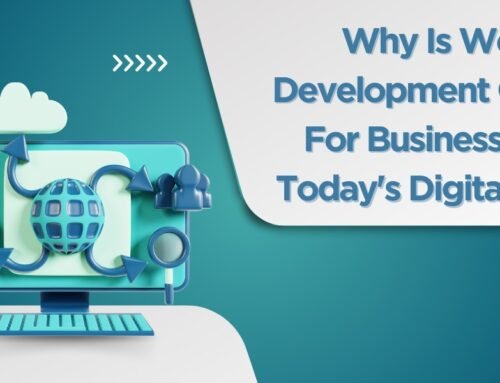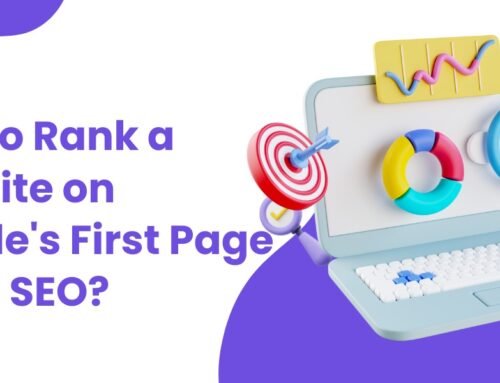Companies often seek new methods to connect and attract audiences in today’s fast-paced, technologically driven marketplace, frequently questioning how Virtual Reality (VR) and Augmented Reality (AR) might change the digital marketing world. This article will explore the captivating worlds of VR and AR, analyze their potential in the digital marketing environment, and offer insight into how Witarist IT Services can assist in harnessing their power.
Virtual Reality (VR) and Augmented Reality (AR) in Digital Marketing

Virtual Reality (VR) and Augmented Reality (AR) are powerful factors with an opportunity to completely change your digital marketing techniques. Let’s look at how this advanced technology may elevate your marketing:
1.VR and AR Increase Customer Engagement
Virtual reality and augmented reality (AR) introduce an additional dimension to customer interaction. Businesses can utilize these technologies to create realistic and engaging experiences, fostering connections with their target audience. For instance, envision a real estate company employing augmented reality to offer digital property tours. Prospective buyers can explore homes from the comfort of their own residences, making it an enticing tool for participation.
2. Immersive Storytelling
Marketing heavily relies on communication, and VR provides an unparalleled platform for crafting compelling narratives. Firms can use VR to transport customers to various locations or scenarios. For example, a tourism company might provide virtual tours of exotic destinations, immersing customers in the experience even before they plan a trip.
3. Interactive Product Demonstrations
AR, on the other hand, is well-suited for product previews. Consider a cosmetics company allowing consumers to experiment with various beauty products through an AR app. Such collaboration builds trust and contributes to a higher conversion rate.
4. Creation of Online Showrooms
VR has the potential to eliminate the necessity for physical showrooms entirely. Businesses can establish online showrooms to exhibit their products, saving costs and expanding their business’s global reach, thereby making their items accessible to a wider audience.
5. Data-Driven Insights
Both VR and AR technologies collect valuable data about customer interactions. This data can be analyzed for optimizing marketing strategies and tailoring specific content for maximum impact. Witarist IT Services can assist in effectively leveraging these invaluable insights.
the Impact of Data, Statistics, and Real-Life Examples in Digital Marketing Strategies:

Data and statistics highlight the potential of virtual reality and augmented reality in digital marketing:
- Statistics project that the AR and VR industry will reach a value of $72.8 billion by 2024, indicating a substantial increase.
- A Nielsen survey indicates that 51% of global customers perceive companies utilizing VR as innovative and creative.
- HubSpot’s studies demonstrate that interactive content, typically supported by VR and AR, generates twice as many sales compared to passive content.
Exploring Practical Applications of VR and AR in Digital Marketing: Real-Life Examples:
The data and statistics shed light on the potential of virtual reality and augmented reality in digital marketing:
- Statistics forecast an expected value of $72.8 billion for the AR and VR industry by 2024, illustrating a remarkable increase.
- A Nielsen survey reveals that 51% of global customers perceive companies utilizing VR as innovative and creative.
- HubSpot’s studies indicate that interactive content, typically supported by VR and AR, generates twice as many sales compared to passive content.
Let’s look at some real-life examples of VR and AR practical applications:
IKEA’s software augmented reality offers consumers the ability to see the items they buy that will appear in their homes.
Pokémon GO: This smartphone AR game became a worldwide phenomenon, demonstrating the power of AR in capturing user attention.
L’Oreal: The beauty massive uses augmented reality to help consumers to apply cosmetics, improving online sales digitally.
Volkswagen: The vehicle manufacturer applies the use of virtual reality to offer virtual driving tests, which improves the car-buying experiences.
Conclusion

Finally, Virtual Reality (VR) and Augmented Reality (AR) are changing the world of digital marketing. Such technological innovation offers unique opportunities for improving customer storytelling, interaction, and interactive product demonstrations. The combination of VR and AR in email marketing in 2023 promises dynamic, tailored, and informative data.
Your digital marketing efforts will reach new heights with Witarist, attracting your audience like never before. Contact us right away to discuss your future in digital marketing using VR and AR.





